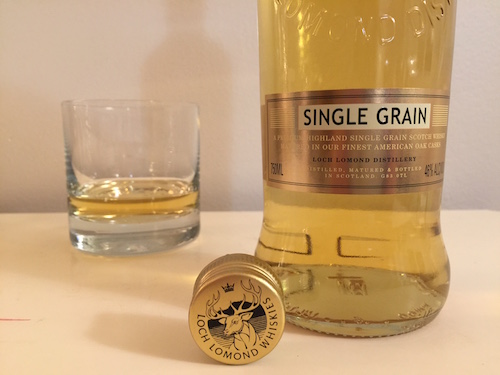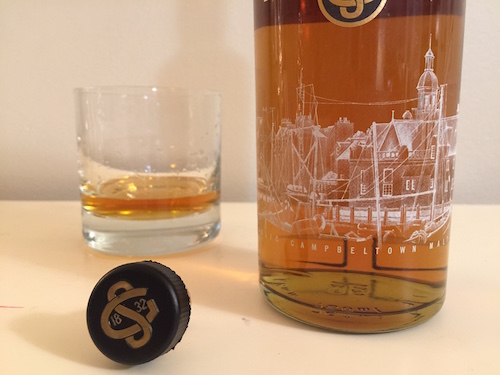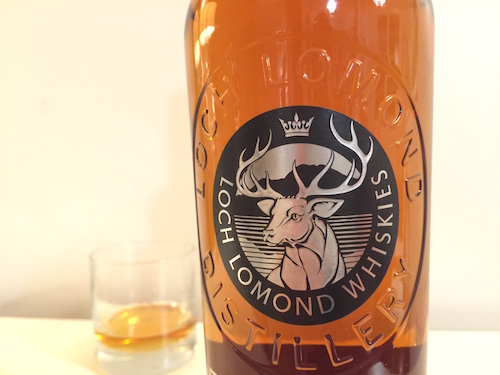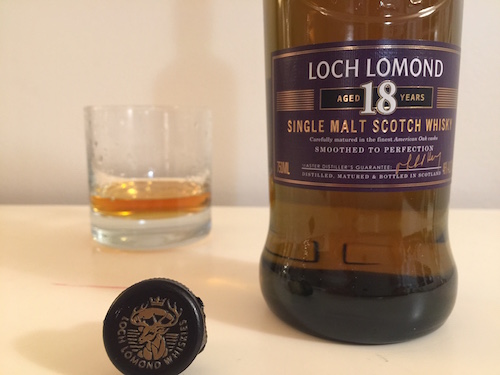Tasting 5 Whiskies from Loch Lomond, Scotland’s Oldest Distillery

Few distilleries have been at it for as long as Loch Lomond. The Scottish whisky-maker has been producing scotch for 250 years, longer than the United States has been a country. And yet, during that entire time, it’s been nearly impossible to get their whisky here. Until now. This past fall, Loch Lomond, which is considered the oldest distillery in Scotland, introduced a broad portfolio to the U.S. For whisky lovers, a wide release like this is a big deal, because you get to see the versatility of a great distillery. Sure, Loch Lomond predominantly produces scotch, but there’s so much variety and room for experimentation within that broad category of whisky that often, no two expressions from the same distillery play out the same way.
That’s definitely the case with the portfolio that Loch Lomond has given the U.S., with bottles that range from a $29 single grain scotch (something most distilleries would only use for blending) to a $3,000 bottle that has the last drops of whisky produced in Scotland’s oldest distillery. That facility, Loch Lomond’s Littlemill Distillery, burned down in 2004. They’re only releasing 250 bottles of the super rare Littlemill 25 Year Old Single Malt, so we couldn’t get our hands on that particular hooch. Given the price tag, I hope it’s good. But we did get the chance to try five different expressions from Loch Lomond and Glen Scotia, a distillery in Campbleton that’s owned by the Loch Lomond Group. Overall, we loved what we found. So here we go: tasting five scotches from the oldest distillery in Scotland.
Loch Lomond Single Grain
So, what the hell is a single grain scotch? It’s similar to a single malt—this one’s made with made with 100% malted barley—but it’s distilled in a coffey still (column still) instead of a copper pot still. Loch Lomond is claiming that this is the first single grain from Scotland. Teeling, over in Ireland, also makes a single grain and Johnny Walker uses single grains in some of their blends.
Loch Lomond’s Single Grain pours ridiculously light, almost to the point of being transparent. It looks like the color of a corn-adjunct lager. The nose is subtle, but the sip is more complex than I expect. There’s butterscotch on the front end of the sip, then a little bit of char and smoke. But there’s nothing too peaty here—none of the heavy smoke scotch is known for. Like its color, the body is very light, slippery even. It’s easy to drink neat, without much burn at all. Drop some ice in it and the peat comes out to play a little, while the butterscotch takes a back seat. It’s 93 proof, and aged in American oak, but there’s no age statement on the bottle. For a “cheap” bottle of scotch ($29), it plays well above its pay grade.
-

-

-

-

-

-

-

-

-

-

-

-

-

-

-

-

-

-

-

-

-

-

-

-

-

-

-

-

-

-

-

-

-

-

-

-

-

-

-

-













































